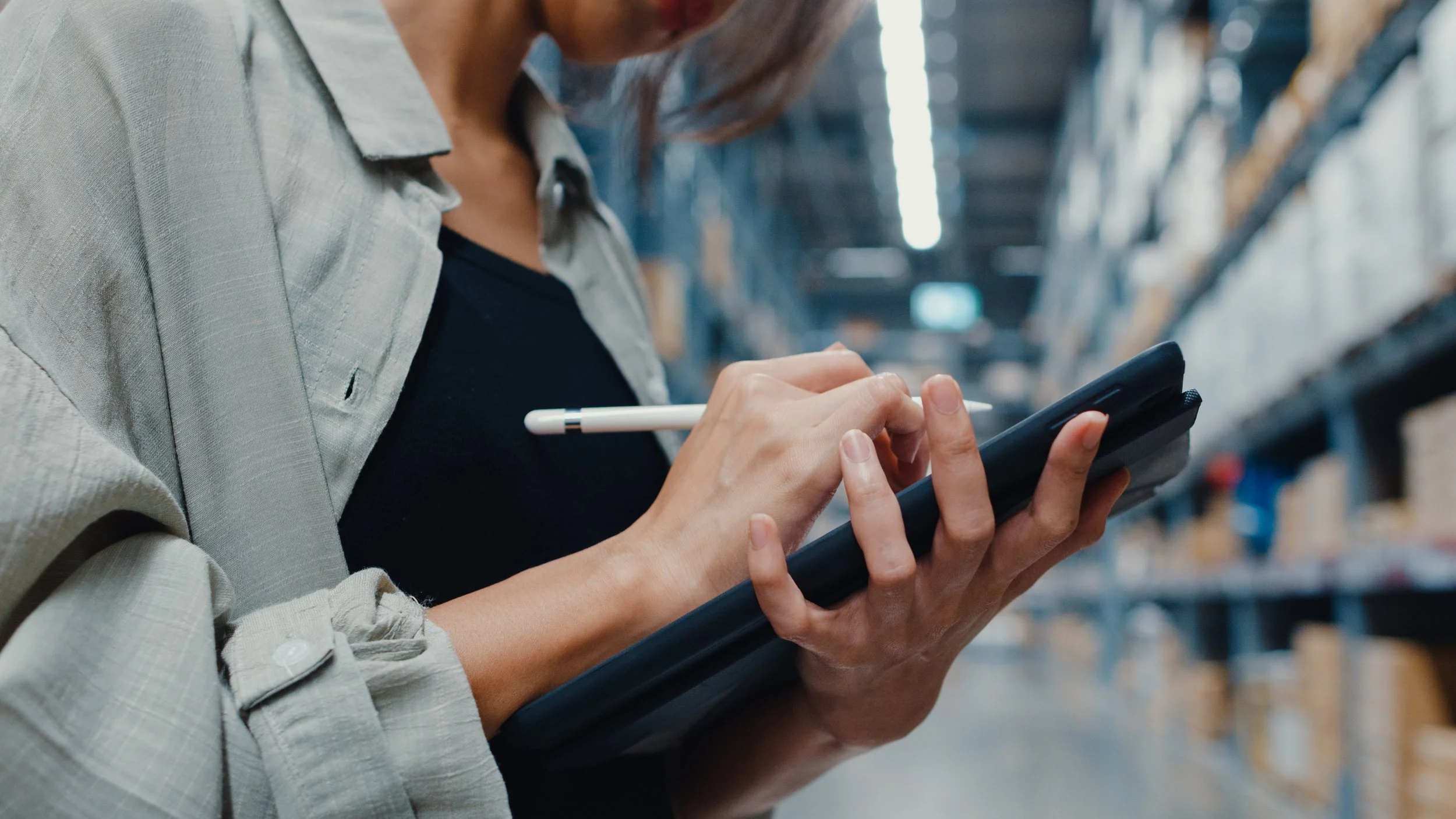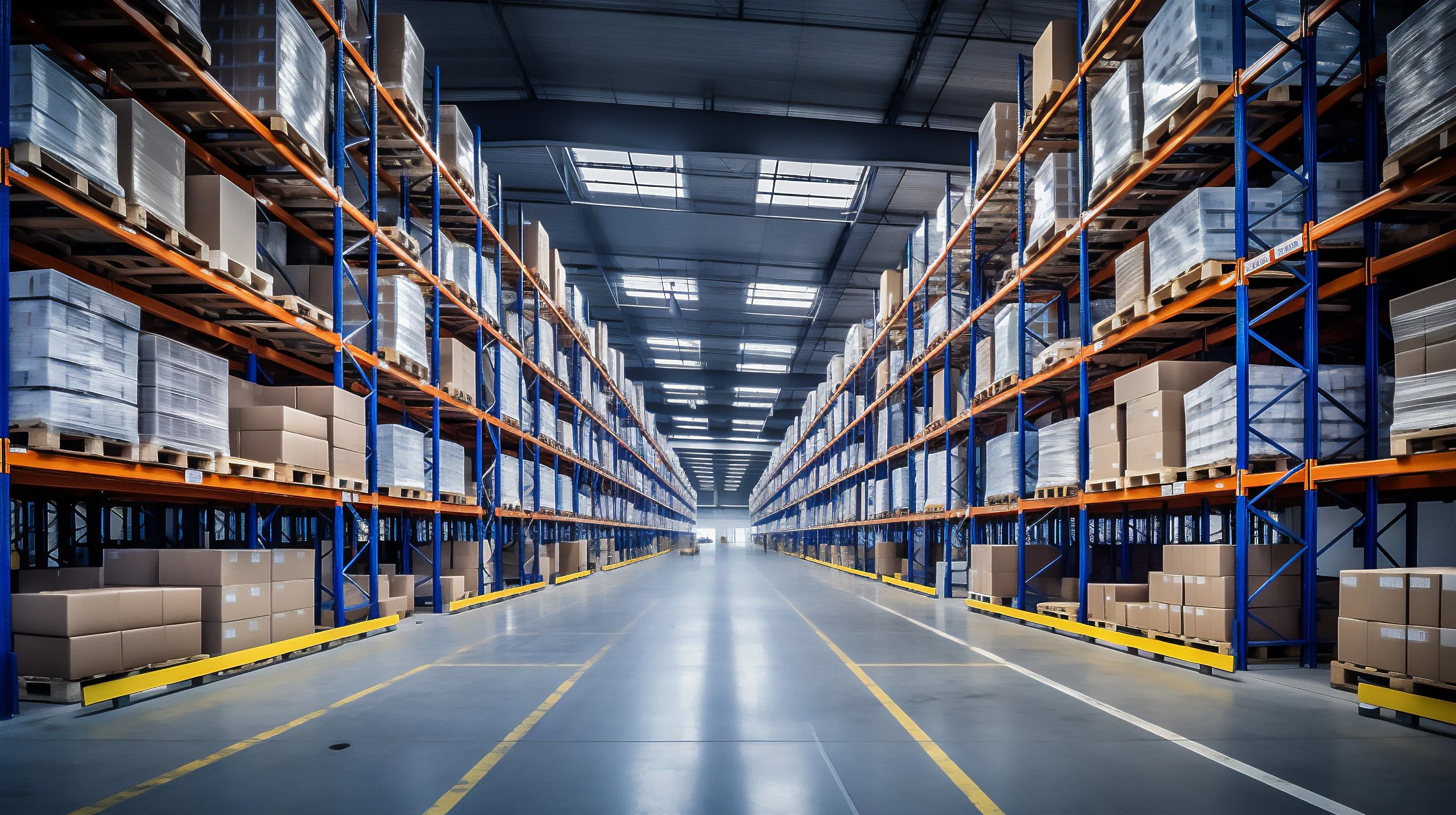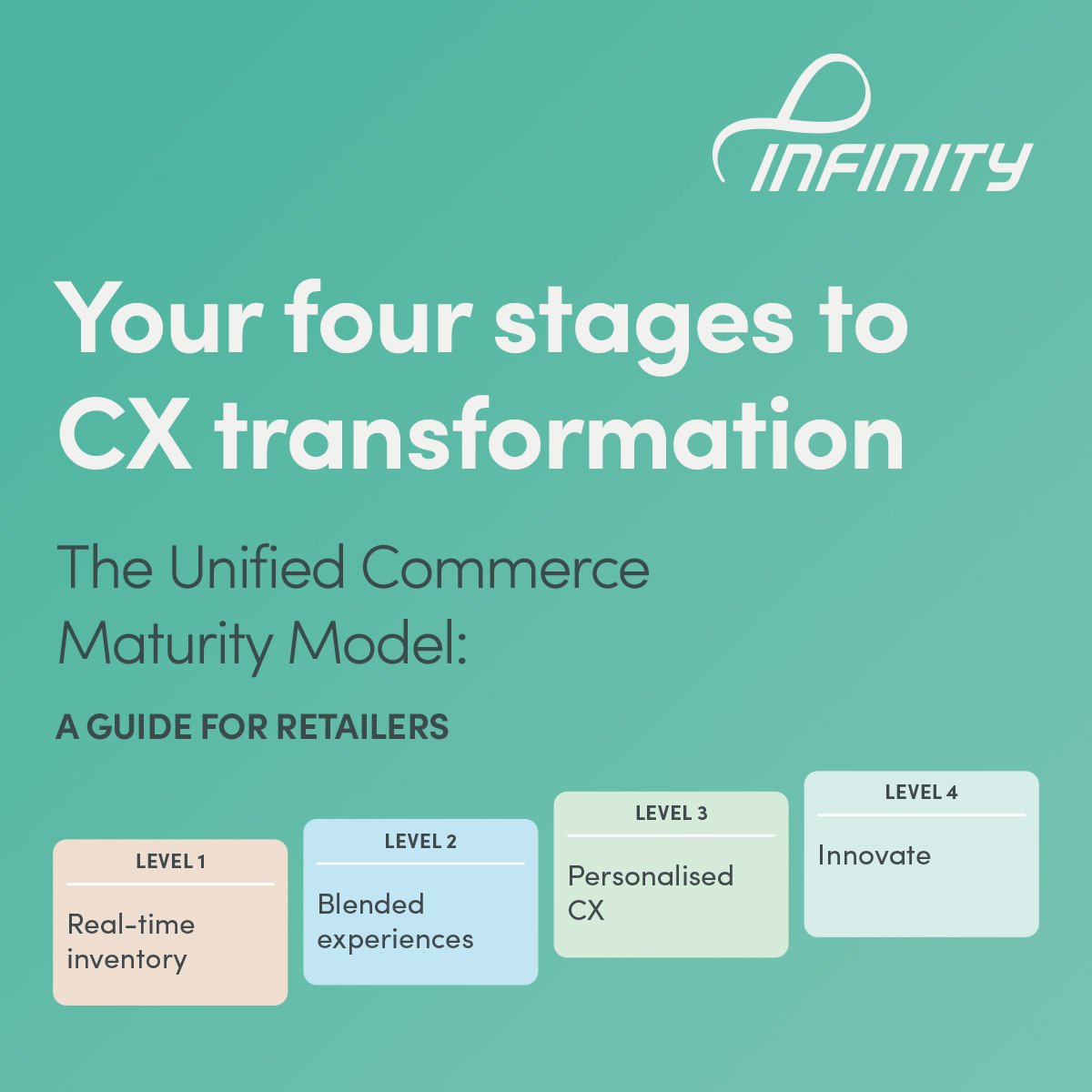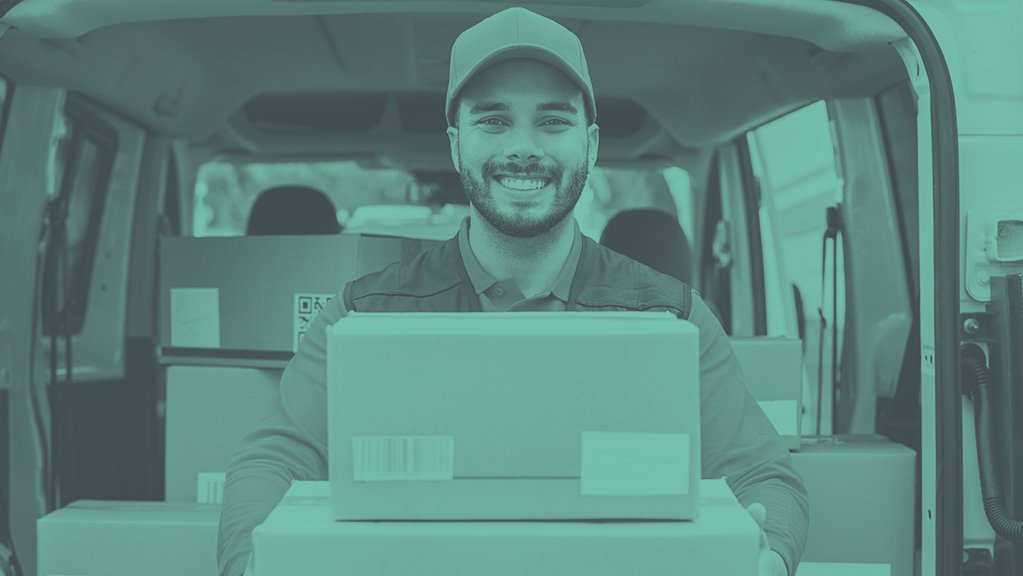There’s a colossal shift taking place right now in how retailers plan, build and deliver their in-store customer experience.
And the prime driver behind this upheaval is the ecommerce boom that is creating new online shopping habits and reshaping consumers’ expectations of in-store experiences.
Customers today crave convenience, personalisation and a seamless shopping journey that doesn’t stop when they enter a store.
As more shopping journeys begin online and store visits becoming more intentional, retailers are looking for new ways to elevate the customer experience - by bringing digital convenience to stores, fulfilling orders via stores to increase profitability and delivering personalised and tactile in-store experiences.
And while the shift towards online retail is real, physical retail is going to continue to grow at 4% year on year and total an estimated 70% of sales by 2027. The retailers that take a unified CX approach are seeing significantly higher profitability and sales growth than their peers.
Do you have a clear strategy and roadmap towards strengthening your in-store CX?
Many retailers struggle to support their customers’ omnichannel demands and aren’t equipped to create the shopping journeys now expected by post-pandemic, digitally savvy consumers.
They have disparate and siloed backend systems that are fragile, inefficient and costly to integrate. Many implemented quick-fixes to get new capabilities up-and-running, but now need a long-term unified solution that delivers a single source of truth across all physical and online channels.
And they’re under increased pressure to implement change fast but can’t quickly spin up the new “phygital” customer experiences the business demands.
So what are the new capabilities retailers need to modernise their customer experience for unified retailing?
Here are seven areas where retailers are increasing their focus and investment:
Stores that amplify the digital experience
The phenomenal rise of live online customer experiences has migrated beyond social media and live chat to virtual shopping appointments. Retailers are using the unparalleled knowledge of their store staff to boost digital sales and service by giving in-store teams the tools to connect with shoppers digitally. Platforms like Brauz provide the video commerce smarts, while unified commerce solutions (like Infinity) help to automate the end-to-end process, from customer communications and data insights to seamless sales transactions and fast delivery.
Digital convenience in stores
The POS used to be the epicentre of the store technology experience. But today consumers expect unlimited access to information and functionality to inform their purchasing decisions, and demand digital convenience inside the store. Retailers are putting customers in charge of their in-store experience by integrating digital services, such as the ability to look up loyalty points, explore product information and add items to digital wishlists in stores. Shoppable screens provide ‘endless aisle’ capabilities that let customers browse and order from the entire inventory.
Self-checkout expands to self-service
In tandem with the new digital experiences inside stores, retailers are modernising their checkout experience so that customers can transact on their terms. They’re putting customers in control with fast and flexible self-guided assistance, mobile point of sale and contactless payments wherever the customer is - in the store, out in the warehouse or yard, at trade shows and pop-up stores. While self-serve kiosks are practical solutions for larger stores and supermarkets, fuel and convenience retailers taking advantage of new self-service software that can be deployed on any touchscreen terminal, making it simple to create fast and memorable experiences.
Endless aisle for anywhere, anytime orders
Consumers are choosing retailers based on the ease and flexibility of the end-to-end experience. With a ‘buy anywhere, fulfil anywhere’ strategy and centralised unified commerce platform, retailers can give customers and staff real-time visibility of inventory, order and customer data across the business. That means customers can shop whenever they feel like it, at any time, using their most convenient channel. And endless aisle access to inventory lets customers order any product and get it delivered to any address.
Flexible omnichannel fulfilment
With ecommerce sales returning to pre-pandemic growth levels, services such as ship-from-store, click-and-collect, endless aisle and returns anywhere are all just table stakes today. Retailers are prioritising capabilities that help them to launch and scale omnichannel experiences faster by improving store fulfilment efficiency and enhancing the store pick-up experience. They’ve created hybrid stores that support the rise in online sales while meeting customers’ expectations for fast pick-up and delivery.
They’re now introducing ship-from-store capabilities that not only enable ecommerce orders to be shipped from stores, but stores can also ship orders placed in other stores. And with a unified view of inventory across all stores and DCs they can quickly see where inventory is located and the fastest route to fulfil orders.
Unified channels strengthen personalisation
With more buying journeys beginning online, and store visits become more predetermined, customer expectations for a frictionless ‘one brand’ experience are rising. However, many retailers have channel silos that mean any interaction or activity that the customer had with them online is not available to the customer or staff within the store.
Retailers are delivering personalised experiences by using AI and intelligence across online and offline channels to deliver timely and relevant communications, recommendations, offers and rewards across in-store and digital touchpoints, including the point of sale, mobile app, web, email and social. And some are extending these personalised recommendations into other communications with customers, such as e-receipts and shipping notifications.
Unified employee experiences
A great customer experience hinges on a great employee experience. After years of underinvestment and now a labour crunch, many retailers are playing catch-up by making employee efficiency and enablement a top priority this year. They’re giving their in-store teams access to relevant customer intelligence - such as loyalty points and rewards, wishlists and sales histories – to equip them to add more value to their customer interactions. Some are using AI technology to provide personalised upselling recommendations during click-and-collect pickups. And localised pricing gives their teams up-to-date, competitive pricing and empowers them to make better, on-the-spot decisions.
This post was originally published September 2022 and updated on 14 December 2023.
Want help to modernise your stores for unified retailing?
As you transform your stores to be the centre of your omnichannel experience, your POS and retail systems must transform as well. If you’re experiencing technology challenges that prevent you from unifying store and digital experiences, get in touch. We’d love to help you make stores play a bigger role in your CX strategy.


































